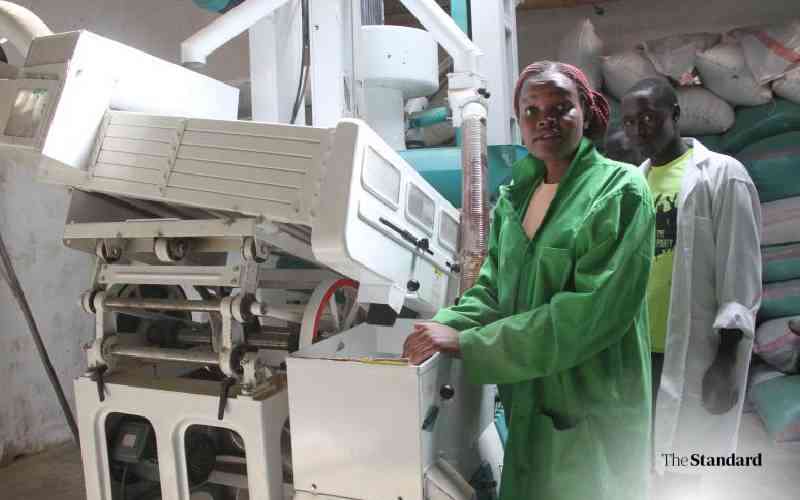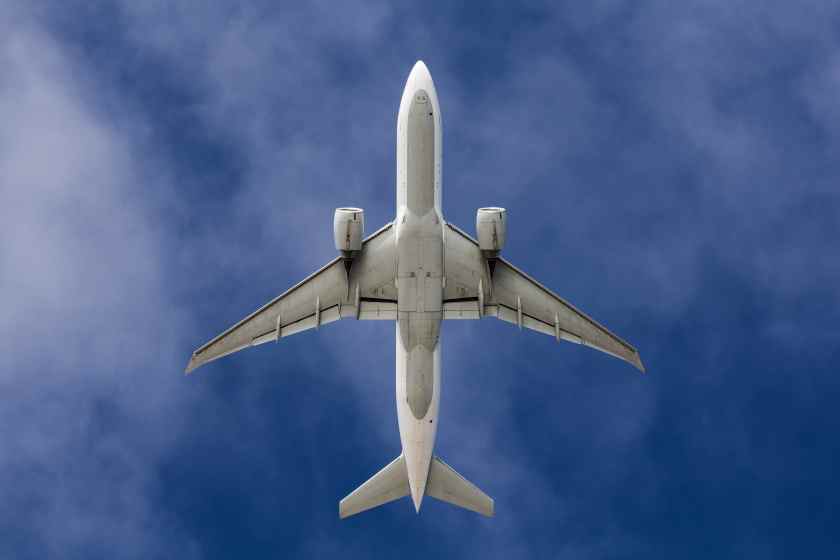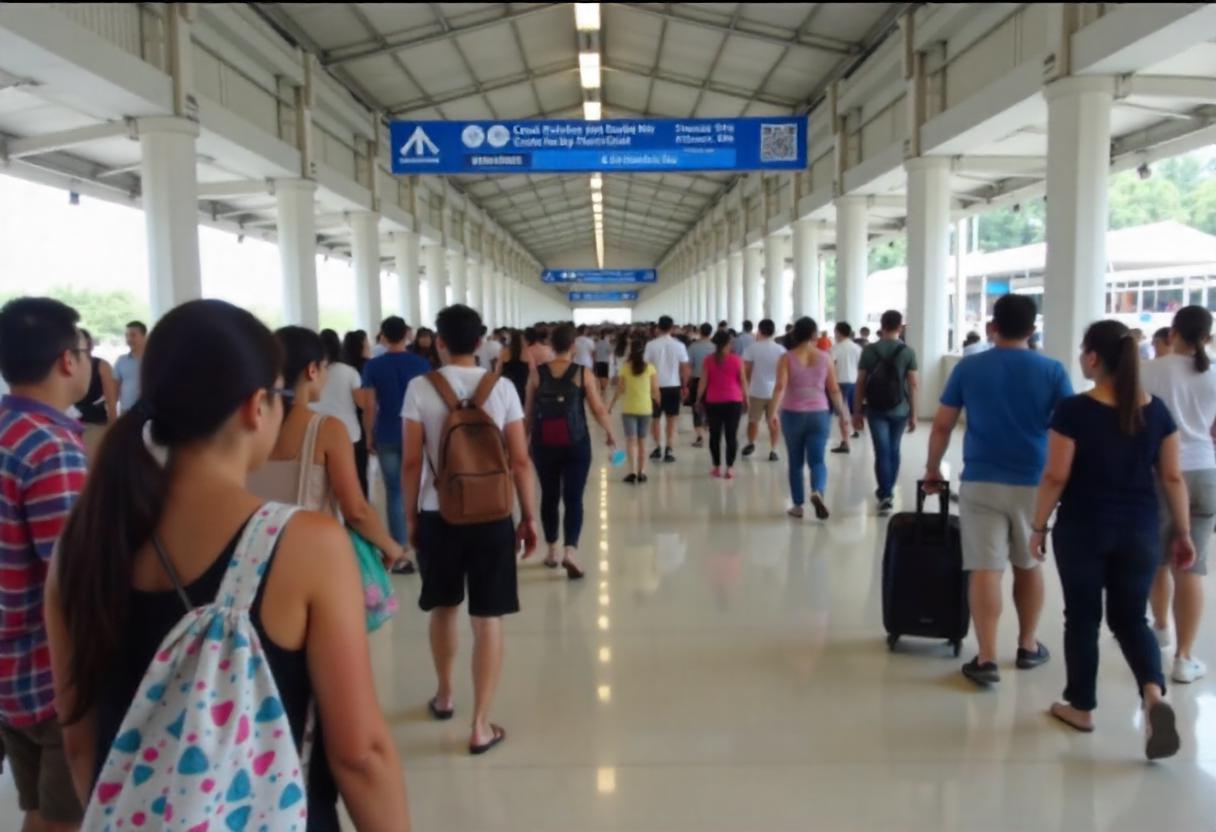Malaysia Powers AirAsia's Comeback With Multi-Stop Travel Model Linking Asia, Gulf, And Europe As The Carrier Eyes Expansion In 2025 And Beyond
Wednesday, July 2, 2025

Malaysia is driving AirAsia’s aviation revival by supporting a multi-stop travel model that connects Asia, the Gulf, and Europe—marking a major shift from its earlier point-to-point strategy. As the carrier recovers from pandemic-era setbacks, it is launching a new Gulf hub and resuming long-haul flights to Europe, including a planned return to London Gatwick. This transformation positions AirAsia to compete in the global market with affordable long-distance travel options while tapping into underserved routes and secondary cities across Europe. By expanding its network through strategic stopovers and boosting connectivity, Malaysia is fueling the airline’s next phase of international growth in 2025 and beyond.
AirAsia is entering a bold new phase as it accelerates its post-pandemic growth with the launch of a new Gulf hub and the resumption of long-haul services to Europe. This strategic shift positions the airline to compete more aggressively on intercontinental routes by adopting a multi-stop travel model and expanding its reach across underserved global markets.
The airline is actively developing a regional hub in the Gulf to serve as a critical link between Southeast Asia and Europe. Although the specific airport has not been publicly confirmed, discussions with regional aviation authorities signal strong progress. The Gulf region, located at the crossroads of three continents, offers strategic advantages for long-haul carriers, and AirAsia aims to use it as a connecting point for travelers flying between Asia and Europe.
This move marks a departure from AirAsia’s legacy point-to-point model and ushers in a more sustainable and competitive hub-based strategy. The Gulf hub will enable the airline to segment long routes into manageable legs while expanding its route network through onward connections. This approach aligns with evolving traveler preferences for flexible, low-cost travel options and unlocks new opportunities in transit passenger traffic.
The carrier believes this shift will significantly increase the number of passengers using its network for connecting flights. Currently, about eight percent of its travelers already use the airline’s existing routes for onward connections, and that number is expected to rise as more long-haul routes become available.
To lay the groundwork for its Gulf hub strategy, the airline has reinforced its presence in the Middle East. New direct services from Kuala Lumpur to Riyadh and Dammam have been introduced, while capacity on flights to Jeddah has been expanded to meet growing demand. These routes support not only local passenger needs but also serve as key feeder segments for long-haul journeys to Europe and beyond.
The airline remains committed to the Middle East despite broader regional challenges. Rather than retreat, it has taken a forward-looking approach, banking on the region’s growing aviation infrastructure, rising outbound travel, and strategic location as a springboard for global operations. The goal is to position itself as a viable alternative to traditional Gulf carriers by offering affordable fares and convenient scheduling that caters to transit travelers.
AirAsia is also finalizing plans to relaunch long-haul services to Europe through its dedicated long-haul division. London Gatwick is expected to be the first European destination to return to the network, marking the airline’s comeback on a route it previously operated more than a decade ago.
In addition to London, the airline is exploring opportunities to expand into other European markets, particularly secondary cities that are often overlooked by full-service carriers. Proposed destinations include Cologne, Manchester, Glasgow, and Dublin—each offering strong demand from price-sensitive travelers and underserved regions.
This renewed focus on secondary markets reflects a broader trend in the industry, where low-cost carriers are bypassing congested primary airports in favor of more cooperative and cost-efficient alternatives. The goal is to build a strong European presence without facing the heavy operating costs and slot restrictions associated with major hubs.
By tapping into secondary markets, the airline can provide lower fares, faster turnaround times, and a more personalized travel experience while opening new corridors for point-to-point and connecting traffic.
The COVID-19 pandemic brought major disruptions to global air travel, and AirAsia was among the carriers heavily impacted. Operations were scaled back, routes were suspended, and financial losses mounted. Despite these setbacks, the airline has emerged with a clear recovery strategy that focuses on sustainability, affordability, and innovation.
One key lesson from the pandemic has been the importance of flexibility. The airline has restructured its network to better respond to shifts in demand and has taken steps to optimize fleet utilization. With a sharper focus on profitability and operational efficiency, it now targets airports and markets that support low-cost models—especially secondary airports that offer favorable terms and fewer restrictions.
This renewed strategy follows the broader trend seen across the global low-cost sector, where agility and adaptability have become essential traits for survival and growth. By avoiding over-reliance on major airport hubs, the airline aims to ensure consistent performance even in volatile market conditions.
The airline’s ambitions extend beyond air travel. As part of its long-term growth plan, the group is investing heavily in digital services, fintech platforms, logistics, and aviation-related businesses. A key pillar of this strategy is the integration of these services under a digital ecosystem that supports travel, lifestyle, and commerce.
One major project under development includes a travel-focused mobile platform that combines booking, payments, and loyalty services. This platform also supports other business verticals such as logistics, cargo handling, and aircraft maintenance—allowing the airline to generate non-ticket revenue and diversify its income streams.
While earlier plans to list several of these units on global stock exchanges were delayed, the airline remains committed to expanding these ventures in parallel with its core operations.
With the launch of a new Gulf hub, renewed flights to Europe, and expanded Middle East operations, AirAsia is redefining its role in global aviation. The airline is no longer just a Southeast Asian low-cost carrier—it is evolving into a global player with aspirations to serve as a major connector between East and West.
Malaysia is powering AirAsia’s global comeback by backing a multi-stop travel model that links Asia, the Gulf, and Europe, enabling the airline to relaunch long-haul routes and expand its network in 2025 and beyond.
This new chapter reflects a blend of strategic vision, market responsiveness, and digital innovation. By focusing on underserved markets, improving connectivity, and investing in future-ready infrastructure, the airline is charting a bold course that blends affordability with global reach.
«Enjoyed this post? Never miss out on future posts by following us»








